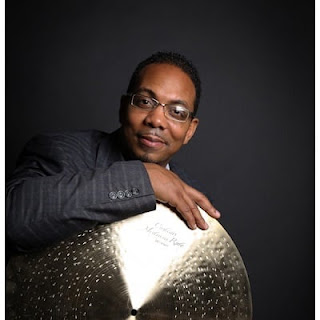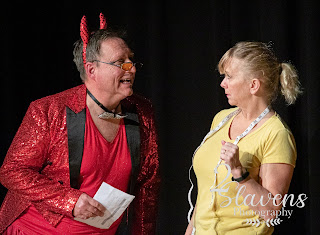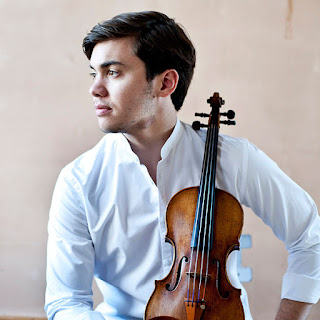Misty in the trailer park: What art has to do with it in 'Bakersfield Mist'

You open your program for Phoenix Theatre 's "Bakersfield Mist," and on facing pages are a statement from the playwright, Stephen Sachs, and opposite it the conventional page of complete credits, production history, and setting information. Two different views of a modernist painting will be set against each other by drastically dissimilar characters, you learn, while awaiting the production's debut. When you see one of the credits is "fight choreographer" (Scott Russell), you are justified in concluding there is more than aesthetics at stake in the uninterrupted span of time ahead. Authenticity, on the other hand, is worth fighting over. And that's the terrain on which a pitched battle will ensue. Maude (Jolene Mentink Moffat) puts her case to Lionel (Joshua Coomer). Authenticity is what Maude Gutman, an ex-bartender in a trailer home under California desert sun, and Lionel Percy, a New York art expert whose help she solicits in assessing a painting she












